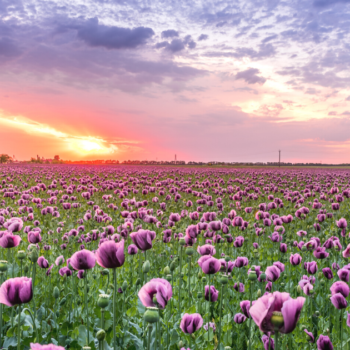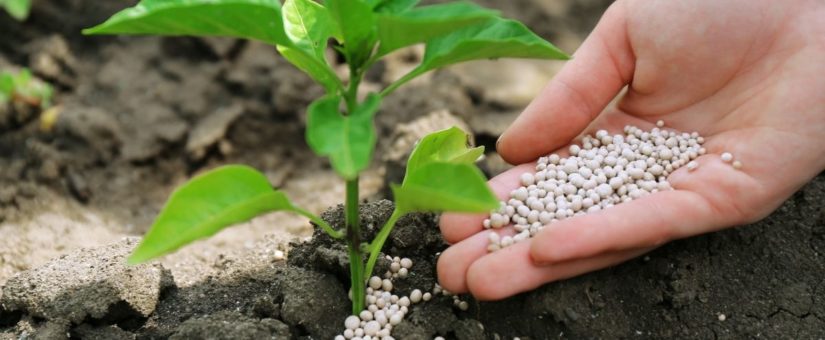
Simple Steps to Correct and Prevent Over Fertilization
In order to grow a healthy crop, many cultivators believe they need to increase their fertilizer application rates.
Of course, fertilizing encourages plant growth, root growth, nutrient absorption and helps them to flourish, but even a good thing can be bad in excess.
Essentially nutrient pollution, over fertilization results in high concentrations of soluble salts in the medium which can lead to root diseases, stunted plant growth and more.
How can you tell when plants are over fertilized?
The most serious harm caused by over fertilization occurs beneath the soil at the roots, but there are several ways to tell when plants are over fertilized.
Since excess salts in fertilizers can burn plant roots and limit moisture uptake, your plant will quickly show signs of over fertilization above the soil. Stunted growth, extreme growth of foliage with few blossoms, and rusting on the edges of leaves are the most obvious manifestations.
Plants with light damage from agricultural residuals may wilt or look unwell while plants with significant nutrient pollution will appear to have indeed burned — their leaves will turn brown and cave in from the edges. Here are some common signs of over fertilized plants:
- Fertilizer covering on the soil’s surface
- Yellow or brown leaves, tips, and margins
- Browned, blackened, or limp roots
- Wilting leaves but damp soil
- Defoliation (new and old leaves falling)
- Burning foliage
- Flower growth is affected
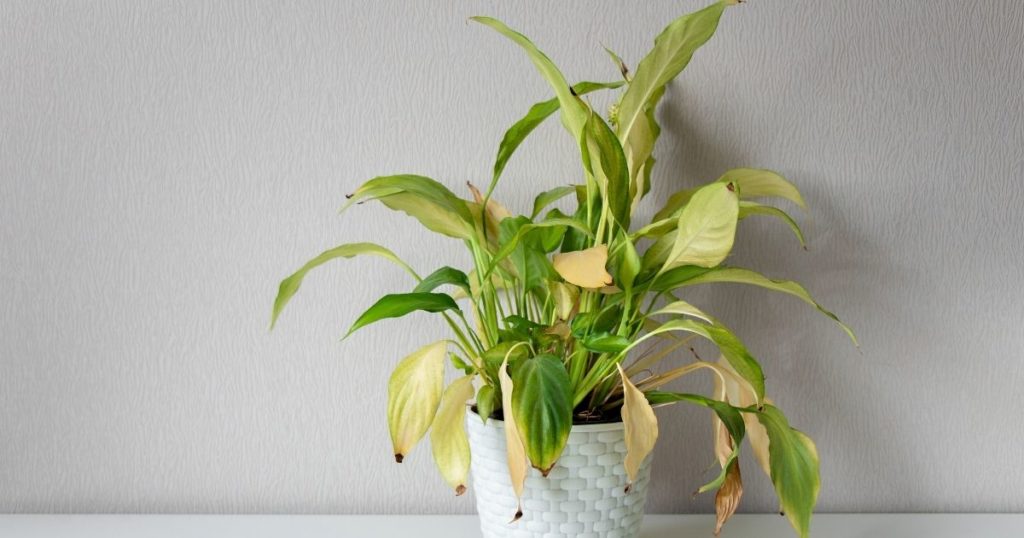
The signs of over fertilizing and over watering are nearly identical except over fertilization appears almost immediately after fertilizer is applied, while the signs of over watering appear over a longer period.
What causes over fertilization?
The cause of over fertilization can be as simple as the accumulation of fertilizer salts in plant tissues and a lack of water to rinse them out due to root damage. Here are a few of the most common causes:
- Excessive volumes of soluble fertilizer added at one time
- Application of soluble fertilizer several times without adequate flushing
- Use of excessive amounts of slow-release fertilizers
- Poor drainage of medium
- Moving plants from high fertilization, high watering, fast-growing conditions to less rapid growing conditions without flushing fertilizer that will no longer be needed.
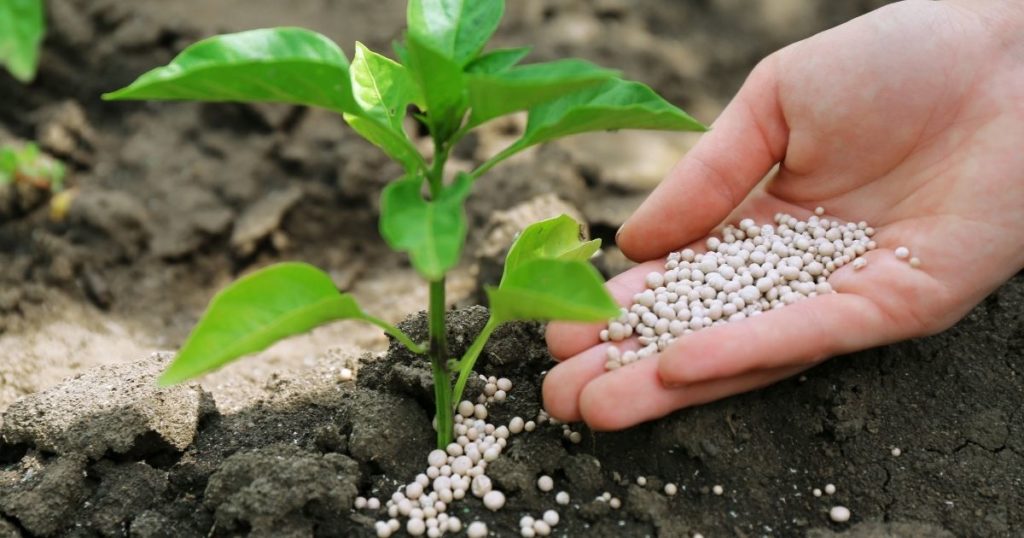
5 Steps to correct over fertilization
It is possible to save your crop from nutrient pollution, depending on the amount of fertilizer applied and how fast you notice the signs of over fertilization. Here are five simple steps:
1. Remove any fertilizer around the plant base. If the fertilizer is a powder, and it’s laid out on top of the plant or on the topsoil, dispose of it to prevent your plant from further over fertilization. Similarly, if you see that the fertilizer salts have formed a white crust, get rid of that as well.
2. When you realize you’ve over fertilized, immediately flood the garden. A good watering with a drip cleaner in your irrigation system can move many types of fertilizer from the soil. Saturate your garden with a volume of water equivalent to the cubic area of the fertilized area. Repeat this step every few days until your plants show signs of recuperation. This step is imperative because it helps to carry agricultural residuals away from the plant’s root system, and stops additional over fertilization from occurring. It also allows the plant’s roots to heal from the ordeal.
3. Next, grab a pair of scissors and trim any leaves that have brown spots on them, along with leaves that are wilted or have an unusual shape.
4. To help your plants recover from nutrient pollution, replace the top layer of the soil around your plants with a none-nutrient rich soil. For plants in pots, it could be helpful to transfer them into new pots with fresh soil.
5. Wait until the plant looks healthy again, typically within three to four weeks, before you give it more fertilizer.
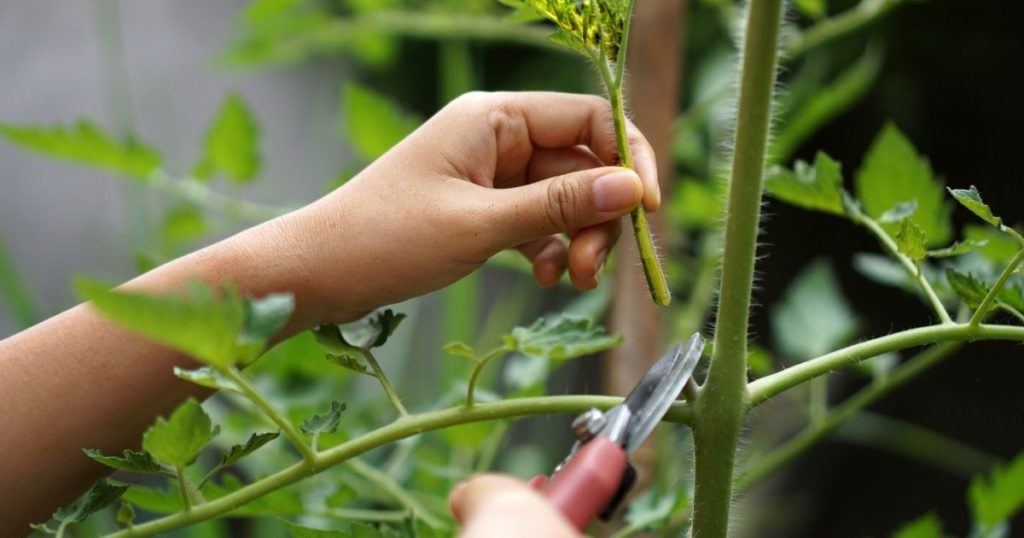
6 Steps to prevent over fertilization
There’s always a risk of killing plants when you over fertilize; even the most extreme flushing efforts with the choicest drip cleaner could be too little, too late. Prevention is key. Here’s how to prevent over-fertilization.
1. Always test soil before applying fertilizer.
2. Water plants thoroughly, immediately after applying fertilizer.
3. In some cases, organic compost might be a safer way to enhance your soil. Organic compost releases nutrients more slowly and is less concentrated than non-organic commercial fertilizers, reducing the risk of plant and soil damage.
4. Always add more water to your liquid fertilizer than directed. It’s better to use too little than too much.
5. Some plants require special fertilizer formulations and may be vulnerable to certain others, so research your plants before application.
6. Consider adding a natural grow media cleaner such as HYCLEAN to your water or fertilizer to prevent over fertilization and other issues during your entire grow. HYCLEAN is a powerful chelating agent that cleans and prevents salt, mineral, and fertilizer buildup in drip lines, irrigation equipment, and grow media. When a drip cleaner like HYCLEAN is paired with nutrient feed and used from the beginning of a growing cycle, it keeps the irrigation system and growing media clear of agricultural residuals, resulting in a higher quality finished product.
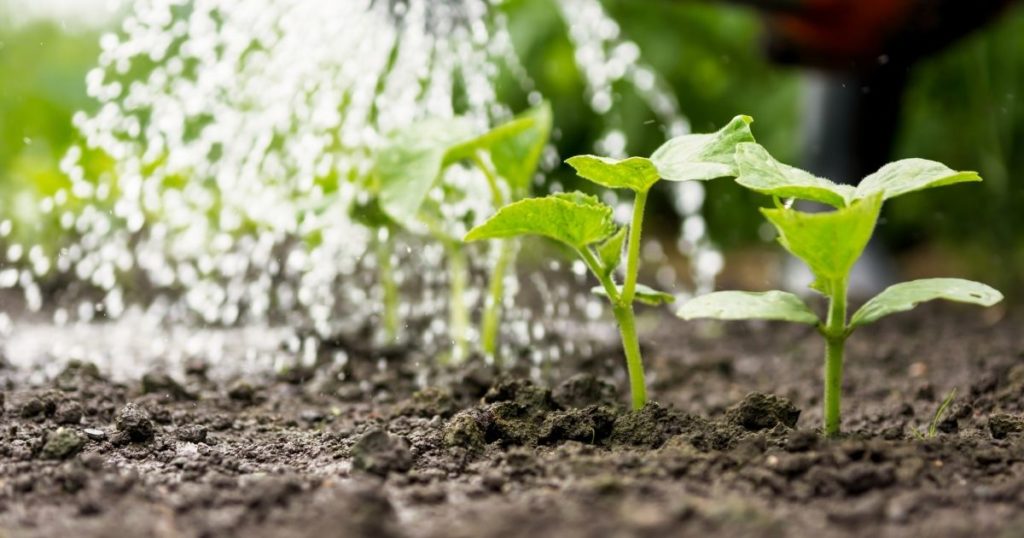
HYCLEAN is now available in hydroponic retail stores throughout the USA and Canada. Visit our where to buy map or email us at info@hygrozyme.com to qualify for a free sample.
- Hygrozyme Celebrates 50 years of InnovationDELTA, British Columbia, Nov. 20, 2024 (GLOBE NEWSWIRE)— by Doubling Down on Agriculture and… Read more: Hygrozyme Celebrates 50 years of Innovation
- Hydroponic Gardening Tips and Tricks
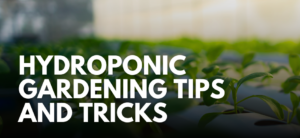
- HYGROBEN™ and the Direct Mechanisms of Bacillus Species
 If you follow us on social media, you’ve probably seen or heard the buzz… Read more: HYGROBEN™ and the Direct Mechanisms of Bacillus Species
If you follow us on social media, you’ve probably seen or heard the buzz… Read more: HYGROBEN™ and the Direct Mechanisms of Bacillus Species
- On November 18, 2021

